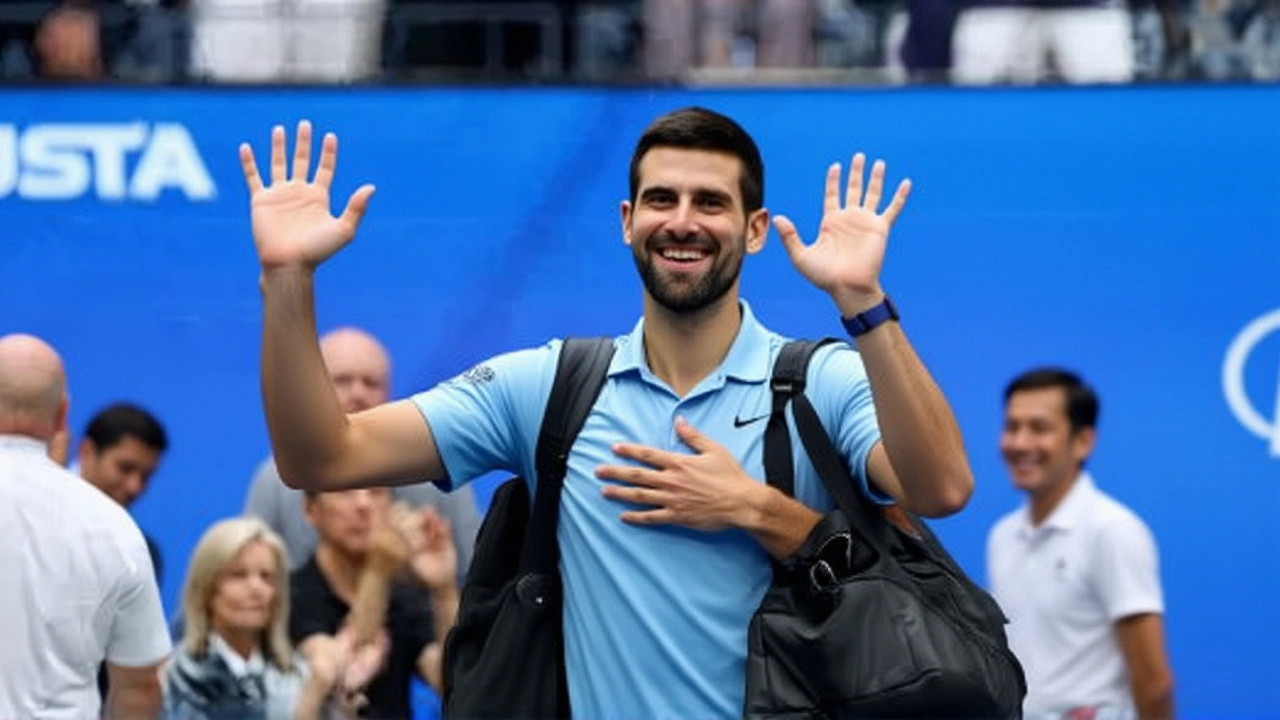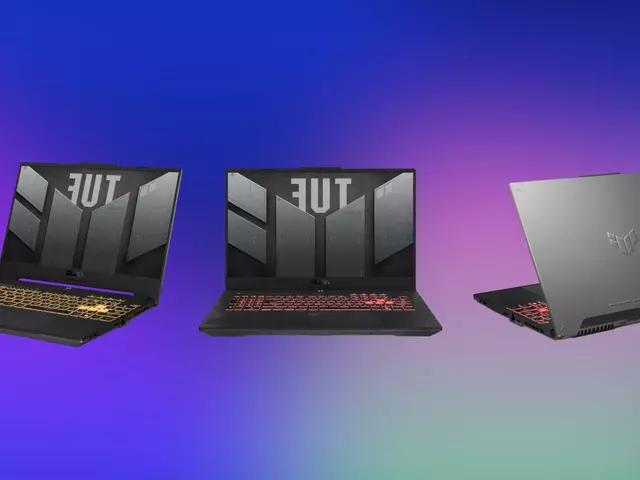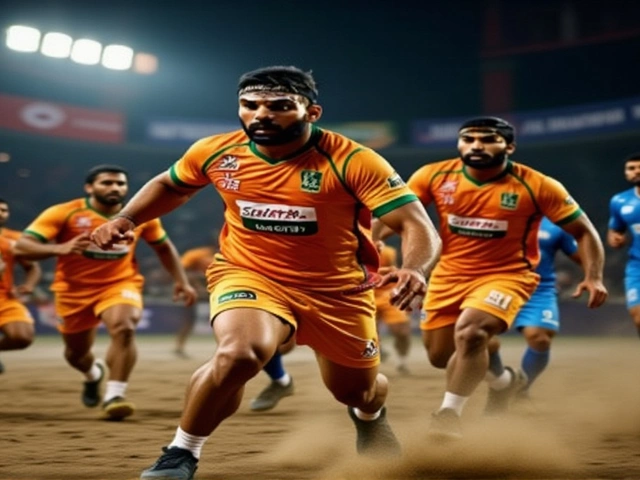Rolex Shanghai Masters: What Makes This Tennis Tournament a Global Highlight
When talking about Rolex Shanghai Masters, a premier ATP Masters 1000 event held each October on the hard courts of Shanghai, China. Also known as Shanghai Masters, it brings together the world’s best tennis players who compete for ranking points, prize money, and prestige. The tournament is a key stop on the ATP Tour the professional men’s circuit that organizes the year‑long calendar of events and sits just below the Grand Slams in importance. Rolex Shanghai Masters is more than a sports showdown; it’s a showcase of high‑end technology like Hawk‑Eye line‑calling, data‑driven player analytics, and advanced broadcast graphics that shape modern competition. The partnership with Rolex adds a layer of luxury branding, turning the event into a platform where sport, innovation, and business intersect.
Why This Event Matters for Fans, Tech Buffs, and Career‑Seekers
Fans love the drama of five‑set battles, but the behind‑the‑scenes tech is what keeps the action fair and exciting. Real‑time tracking systems feed live stats to broadcasters, while AI‑powered video analysis helps coaches fine‑tune strategies—exactly the kind of cutting‑edge tools highlighted in our recent posts about AI breakthroughs and the latest tech news. Those same innovations create new jobs, from data scientists who model player performance to engineers who maintain the court‑level sensors. If you’ve read our article on "What jobs would technology create in the near future?" you’ll see that sports events like the Shanghai Masters are fertile ground for roles such as sports‑tech product managers, esports event coordinators, and digital‑marketing specialists focused on sponsorship activation.
Speaking of sponsorship, the Rolex partnership isn’t just a logo on the court. It fuels a whole ecosystem of branding opportunities that marketers study in our "technology companies think about hackers" piece, where we explore how big brands protect their digital assets during live events. The tournament’s global reach gives sponsors data about viewer habits, which feeds into targeted ad campaigns—a perfect example of how business, security, and fan engagement converge. Meanwhile, gamers can experience the thrill of the Masters through tennis video games, bridging the gap between real‑world sport and the virtual arenas discussed in our "Can kids die when playing M‑rated games?" article. Whether you’re a budding analytics pro, a marketing whiz, or a casual tennis fan, the Rolex Shanghai Masters offers a snapshot of where sports, technology, and career growth intersect.
Below, you’ll find a curated collection of posts that dive deeper into the themes introduced here. From the latest AI tools reshaping performance analysis to career advice for landing a tech role in sports, each article adds a piece to the puzzle. Scroll down to explore how the Rolex Shanghai Masters reflects broader trends in athletics, innovation, and professional development.

Novak Djokovic returns to the 2025 Rolex Shanghai Masters, aiming for a fifth title amid humid conditions. His participation energizes Chinese fans and boosts the tournament’s economic impact.




